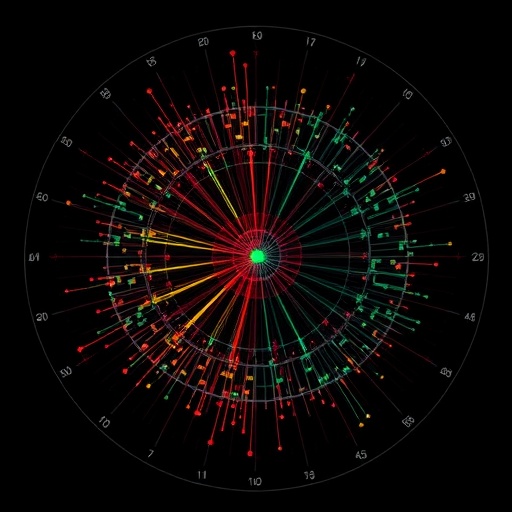
Credit: Indiana University
BLOOMINGTON, Ind. — New Indiana University research shows many Americans don't know how clean water gets to their homes and especially what happens after wastewater is flushed away, knowledge that is vital in confronting challenges including droughts and failing infrastructure that can lead to contamination.
The researchers asked about 500 university students to draw diagrams illustrating how water reaches the sink and how it is returned to the natural environment. Twenty-nine percent of the participants didn't draw a water treatment plant and 64 percent did not draw a wastewater treatment plan.
"Climate change will increase the competition for water and the risks to the supply," said Shahzeen Attari of IU's School of Public and Environmental Affairs. "Water infrastructure is increasingly fragile. It's going to take political will and public support to respond to new and old risks, and we may not support the adaptation strategies we need if we take our water systems for granted. Whether it's in schools or through other means, public environmental education must address these gaps."
Attari and former SPEA graduate students Kelsey Poinsatte-Jones and Kelsey Hinton conducted the project in two stages. First, they asked experts to draw a model of a water system. A simplified version of that model is shown in Figure 1.
Then, the researchers asked the students this question:
"Please draw a diagram illustrating your understanding of the processes by which clean water reaches the tap in the average home in the United States. Please draw how water reaches the home from its original source(s) and is then returned to the natural environment. Show all the processes that the water goes through."
Only 7 percent of the participants had a nearly accurate understanding, but the "magic" vision illustrated in Figure 2 was also common.
The lack of knowledge isn't an indication the students don't care. More than one in three said they think of water quantity at least daily or weekly. Their top three concerns are cleanliness, a limited supply or infrastructure failures that contaminate the water.
"Drinking water is the most essential among all resources," Poinsatte-Jones said. "Most people expect to have immediate access to safe water, but the complex system that makes that possible is hidden from view."
"Given all the risks now that are related to water, it's critically important that Americans can make informed decisions about water supplies, policies and management," Hinton said. "Our study suggests we're not ready to do that."
An article summarizing the research and the findings, "Perceptions of water systems,"was published in May 2017 edition of the peer-reviewed journal Judgment and Decision Making.
###
Media Contact
Jim Hanchett
[email protected]
812-856-5490
@IUScienceNews
http://newsinfo.iu.edu
############
Story Source: Materials provided by Scienmag





